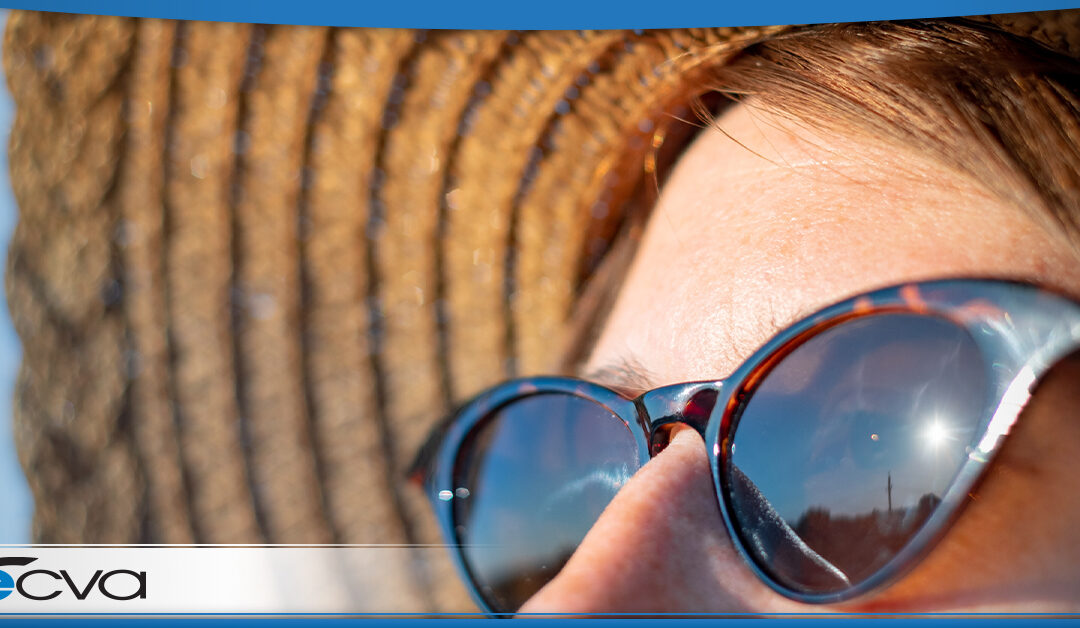Most people know that ultraviolet (UV) light can be damaging thanks to its connection to sunburns and skin cancer. However, many people don’t realize that the risk can extend to their eyes as well. When UV rays harm the eyes, the result can be catastrophic. That makes protecting your eyes especially important, not just during the summer, but all year-round.
If you are wondering why you need to take steps to reduce UV exposure to your eyes and what you can do, here’s what you need to know.
What Is UV Light
UV refers to a specific portion of the light spectrum, a part that isn’t detectable by the human eye. The rays that fall in that category can be divided into three types: UVA, UVB, and UVC.
All forms of UV light (which may also be referred to as UV radiation) can be potentially harmful. UVA can make it way beyond the cornea, coming into contact with the lens and retina. This allows it to potentially damage a variety of cells, particularly when overexposure is an issue.
The cornea more commonly absorbs UVB. That means nearly 100 percent of its energy – and the potential harm it can cause – is focused on that part of the eye.
When it comes to the most damaging kind of UV light, UVC would usually qualify. However, the vast majority is blocked by the ozone layer in the atmosphere, automatically limiting a person’s exposure.
Eye Conditions Connected to UV Exposure
It’s important to note that UV light can cause temporary and long-term damage. However, the more exposure there is, the higher the chance a condition will develop.
Just like your skin, your eyes can become sunburned. This is a short-term condition, but the damage can be serious, especially if the burn is severe.
Your risk of cancer also rises. Melanoma can develop around the eye area, including on the lids and your conjunctiva. You can actually develop melanoma inside your eye, usually in the uvea, which is the layer between your sclera and your retina. Typically, you won’t see signs of cancer developing in a mirror, which increases the odds that it will advance before its detected.
There are a variety of other conditions that can be caused by UV light. Photokeratitis, pinguecula, and pterygium are all connected to UVB exposure. UVA has been linked to certain cataract formations. Additionally, some evidence suggests overexposure increases a person’s risk for macular degeneration.
Steps You Can Take to Protect Your Eyes
Previously, we’ve discussed how sunglasses can be great protection against UV light. Some options can block 99 to 100 percent of UVA and UVB light, making them the best options, especially in wrap-around designs.
However, they aren’t the only choice. You can get coatings on eyeglasses that block up to 100 percent of UV, for example. Many contact lenses provide some protection against UV light, with class 1 lenses blocking 96 percent and 100 percent of UVA and UVB rays, respectively.
Maintaining your eye doctor appointments is also critical. That way, they can check your eyes for UV-related conditions, including ocular melanoma.
Helping You See More Clearly
If you want to make sure your eyes are healthy, schedule an appointment at your nearest ECVA clinic today. Our experienced team works diligently to maintain our patients’ health, including identifying problems that may be caused by overexposure to UV light. Our optical shop can help you choose UV-blocking eyeglasses or sunglasses, ensuring your eyes always have the protection they need.


